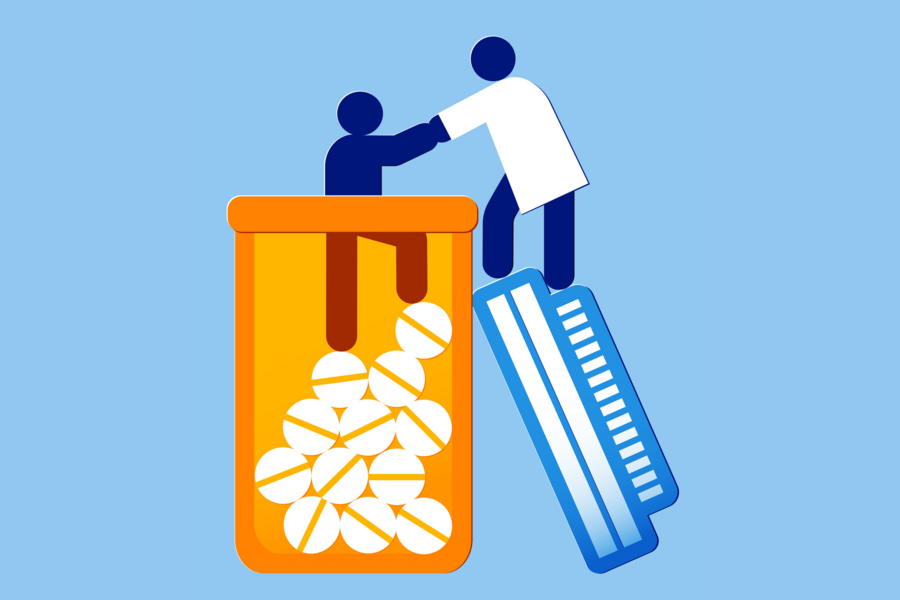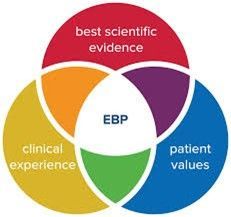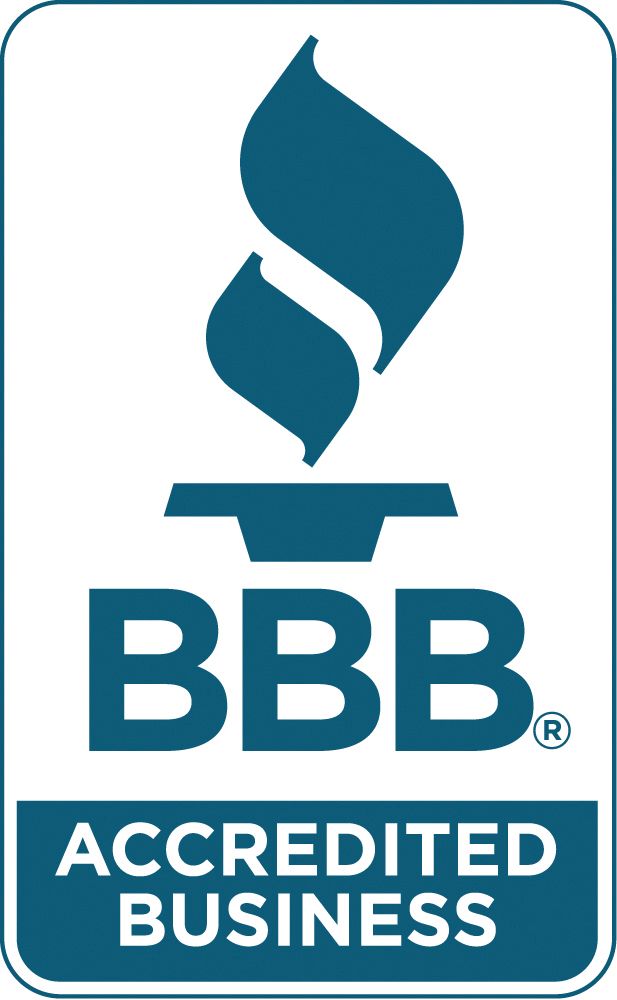DHCS Licensure for SUD – Understanding the Process
Advanced preparation for licensure ensures streamlined approval.

The DHCS (Department of Health Care Services) in California oversees the licensure of substance use disorder (SUD) programs. This licensure encompasses outpatient, partial hospitalization (intensive outpatient), and residential programs. For numerous organizations, it is imperative to obtain DHCS licensure before securing Medi-Cal contracts or provider certifications, as managed care plans also mandate this licensure. However, organizations may encounter a protracted process unless they thoroughly understand the relevant regulations.
The process for obtaining DHCS licensure for SUD commences with the organization submitting an Initial Provider Application. This application must include detailed information about the organization’s location, ownership, staffing, and program director qualifications. Additionally, the application requires documentation of fire clearance and zoning clearance (in the case of outpatient facilities), a lease agreement, articles of incorporation, and an operating agreement consistent with the organizational structure, such as that of a corporation or limited liability company.
Furthermore, the organization must provide comprehensive policies and procedures governing its operations. This information comes from the state’s standards. This documentation should encompass the operational schedule, community resources, quality management plan, admission guidelines, admission agreements, and other relevant materials. Upon completion, the application is submitted to Sacramento for review as part of the DHCS licensure for the SUD process. Subsequently, it is placed in the queue and assigned to an analyst who conducts a thorough assessment. Following this review, the organization will receive a letter indicating either the completion or incompletion of the application.
If the organization receives a letter of incompletion, specific information is lacking from the application or accompanying policies. Understanding the necessary components can significantly reduce delays in the application process. Adhering to the guidelines and requirements established by DHCS will facilitate a more efficient application procedure.
Once the application has been deemed complete, the next step in the DHCS licensure process for SUD involves scheduling a site visit. During this visit, the analyst will review client charts, existing policies, and proposed employee files and verify that the facility is equipped appropriately. For instance, the organization’s site must provide adequate parking per the facility's square footage, proper exit signage, and functioning fire prevention equipment, including fire sprinklers or extinguishers.
Praxes Behavioral Health has a proven track record of assisting organizations in successfully obtaining DHCS licensure for SUD. Please do not hesitate to contact us for further information regarding how we can support your organization.




